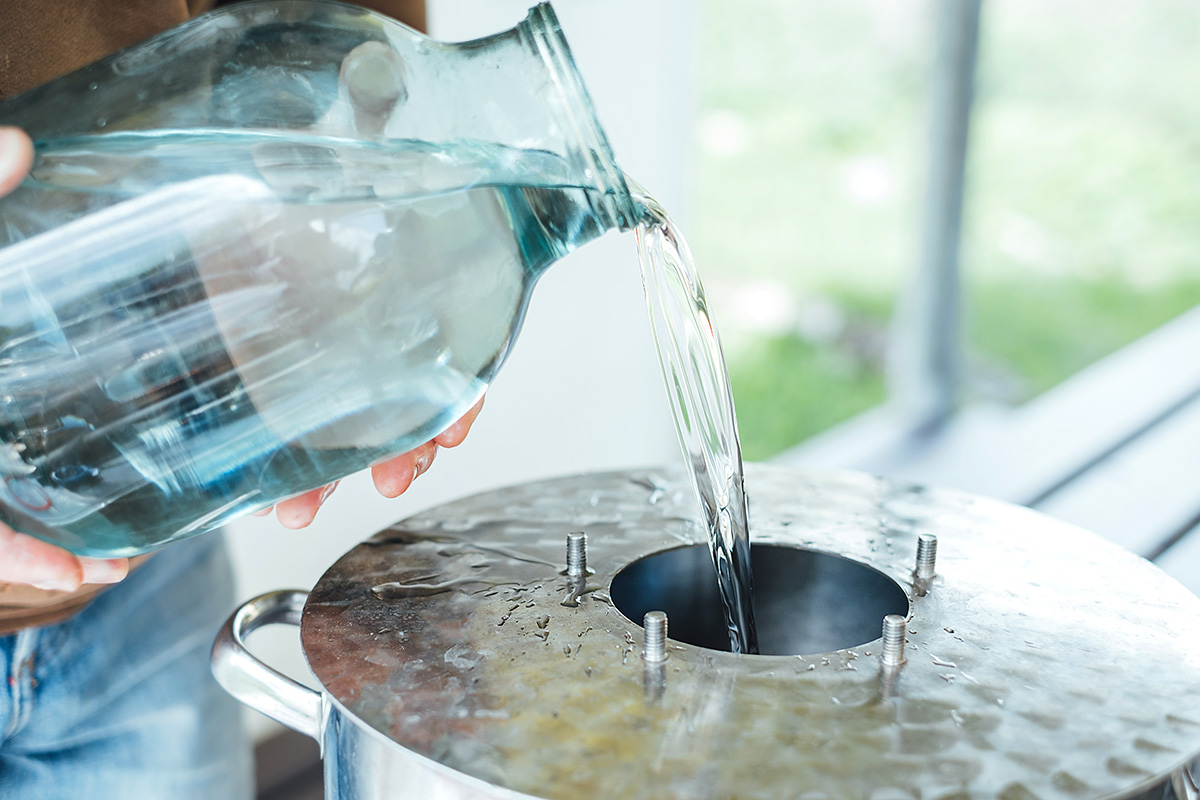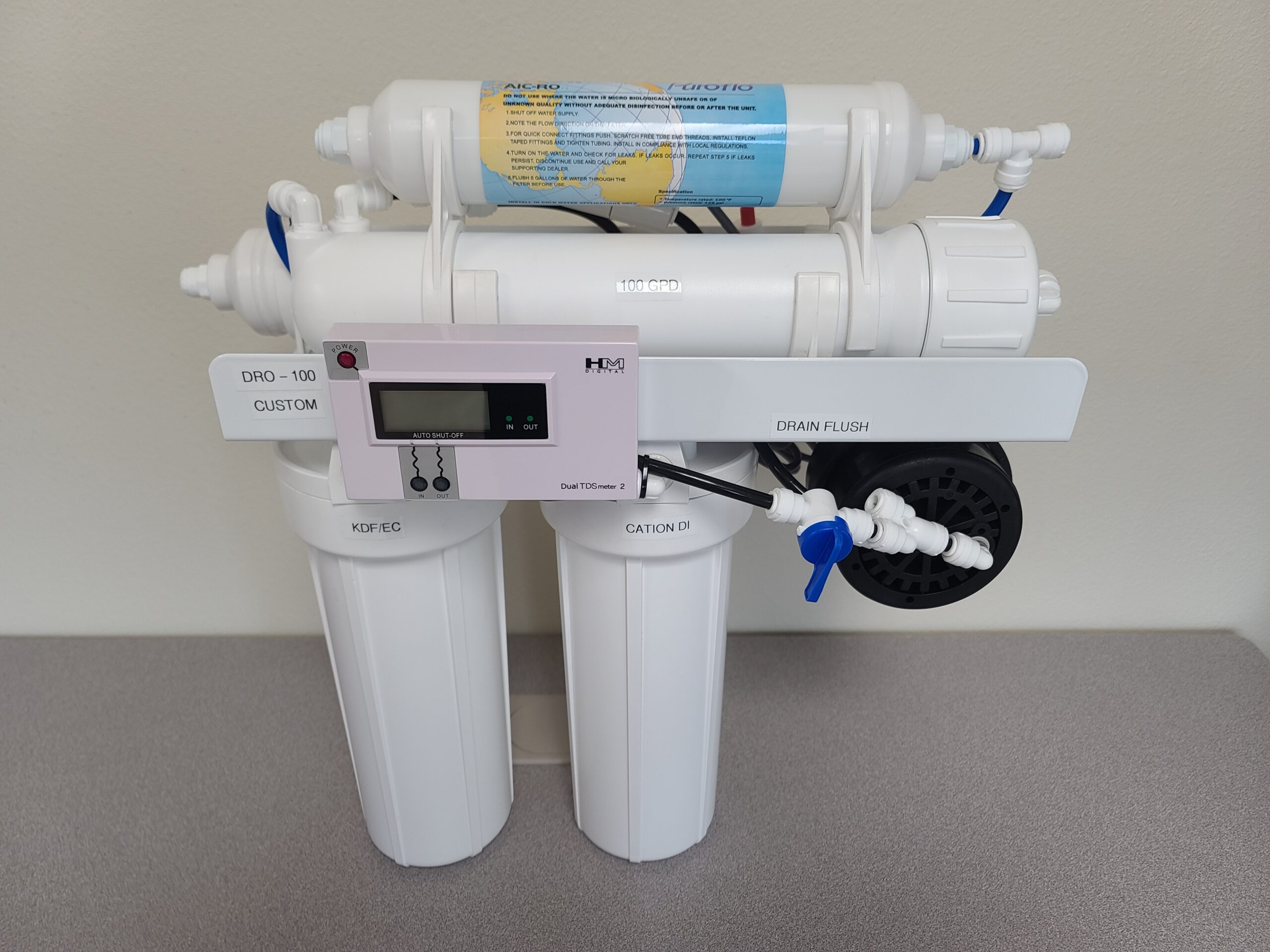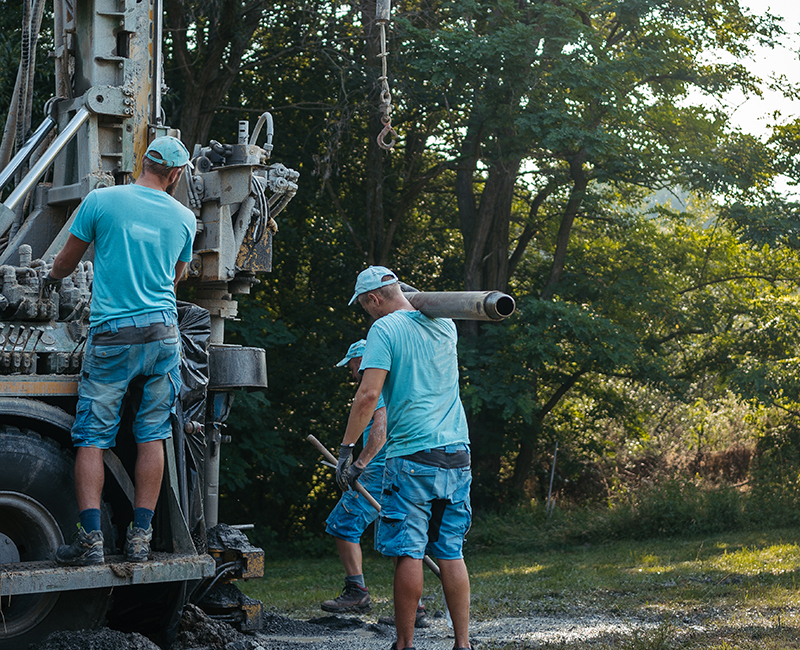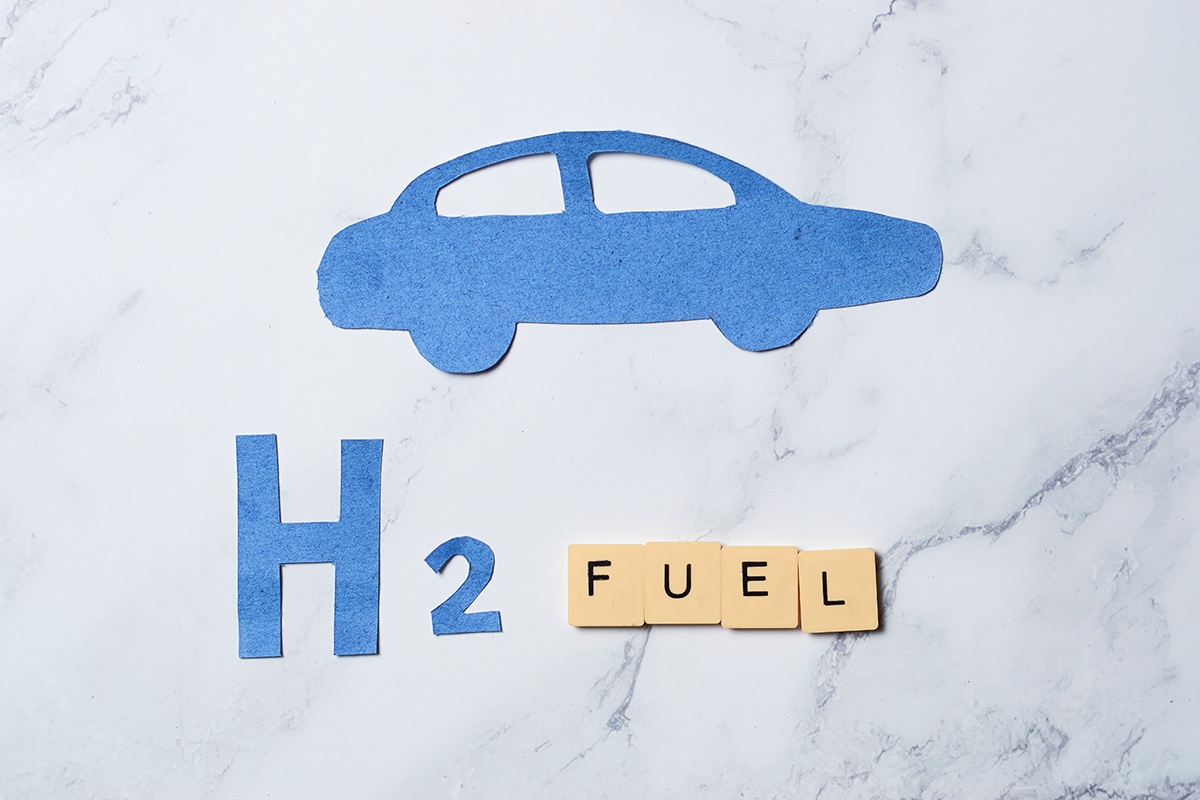Water Infrastructure in Question after Water Main Breaks
When the water main broke in San Diego, it gave rise to several questions about water infrastructure. A water main rupture left most of Shelter Island without functional plumbing through the late morning and the entire afternoon Friday, January 23, when the failed 63-year-old concrete pipeline began drenching the roadway in the 2300 block of Shelter Island Drive about 9 am.
The flow was under control in about 45 minutes and no structural flooding was reported. According to workers, a corroded connector attaching 2 segments of the 12-inch-diameter main, not the pipe itself, had given way. Water service was restored to the area around 5 pm after repairs were completed.
A week earlier, another water main broke in Little Italy on January 14, shutting down the local businesses. Nearly 20 restaurants, 6 apartments, and 5 other businesses were without water for most of the day. You can read the news report here.
In the US, a Water Main Breaks Every 2 Minutes
That is a lot of wasted water if you do the math… Unfortunately, money also goes down the drain when a water main breaks – the cost of fixing a problem after it occurs is much more than that of fixing it in advance. Since 2010, San Diego has paid at least $3.9 million for issues related to water main breaks. In 2013, the city estimates 6.6 million gallons gushed from ruptured mains, which is enough water for the average San Diegan for 205 years, according to the city’s estimated average daily use of 88 gallons per person each day.
According to city officials, it is too expensive to do the routine inspections of water lines to reveal which ones are close to collapse and need replacing. Only about 5 ½ of its 505 miles of large transmission pipelines and none of San Diego’s 2,958-mile network of smaller distribution pipelines were inspected since 2005. According to an analysis of city data by inewsource, mains are breaking at a pace of more than 100 per year.
The solution to this infrastructure crisis is to replace all the 100-year-old cast iron pipes first. Rupture-prone cast iron pipes should be replaced with PVC, which is not as apt to rupture, and professionals will know whether Schedule 40 PVC vs. schedule 80 PVC, or a different type of pipe altogether, will be best for this particular job. Additionally, water breaks can often be seen at the point where a pipeline ends and the reason could depend on various factors such as blind flange rust, improper flange fit, etc. To address this issue, using rust-proof stainless blind flange could be considered. Since 2007, only 51 miles of the most rupture-prone cast iron pipes have been replaced and there are still 129 miles to go. Double Block and Bleed Valve technology can also be fitted to pipes, relieving pressure and reducing the chances of rupture.
Smart Pig Technology for Water Pipes
Smart pigs or Pipeline Inspection Gauges (PIG) are large pieces of machinery pulled together with powerful technology that helps with the maintenance of transmission pipelines. These devices are used to detect stress corrosion cracking, general and pitting corrosion and in specific, gouges, dents, pit corrosion, anomalous weld seams, longitudinal cracks/grooves and general pipe corrosion.
Although used to inspect oil pipelines to see where the problems are, smart pigs could be used in water pipelines obviating the necessity of digging up the pipeline in order to inspect it. Some common components of smart pigs include:
- odometers
- calipers (detect roundness)
- tilt sensors
- capacitive sensors
- ultrasonics – the same technology found in ultrasound equipment
Unfortunately, San Diego does not know exactly where the biggest problems are. Considering the difficulties in which our state is with the water shortage, something must be done to reduce the chances of water main ruptures.
EPA is committed to promoting sustainable practices that will help ensure that citizens continue to have access to clean and safe water. Call us at 760.734.5787 and get in touch with one of our water experts today to learn more about sustainable water-saving practices to apply at home.
Resources:
- https://www.kpbs.org/news/2015/jan/23/shelter-island-businesses-without-running-water-af/
- https://sandiegofreepress.org/2015/01/water-main-breaks-cause-major-problems-in-san-diego-and-nationwide/
- https://inewsource.org/2012/02/27/cost-of-main-breaks-water-loss-add-up-for-city/
- https://water.epa.gov/infrastructure/sustain/index.cfm










